May 18, 2025 | 15:40 GMT +7
May 18, 2025 | 15:40 GMT +7
Hotline: 0913.378.918
May 18, 2025 | 15:40 GMT +7
Hotline: 0913.378.918
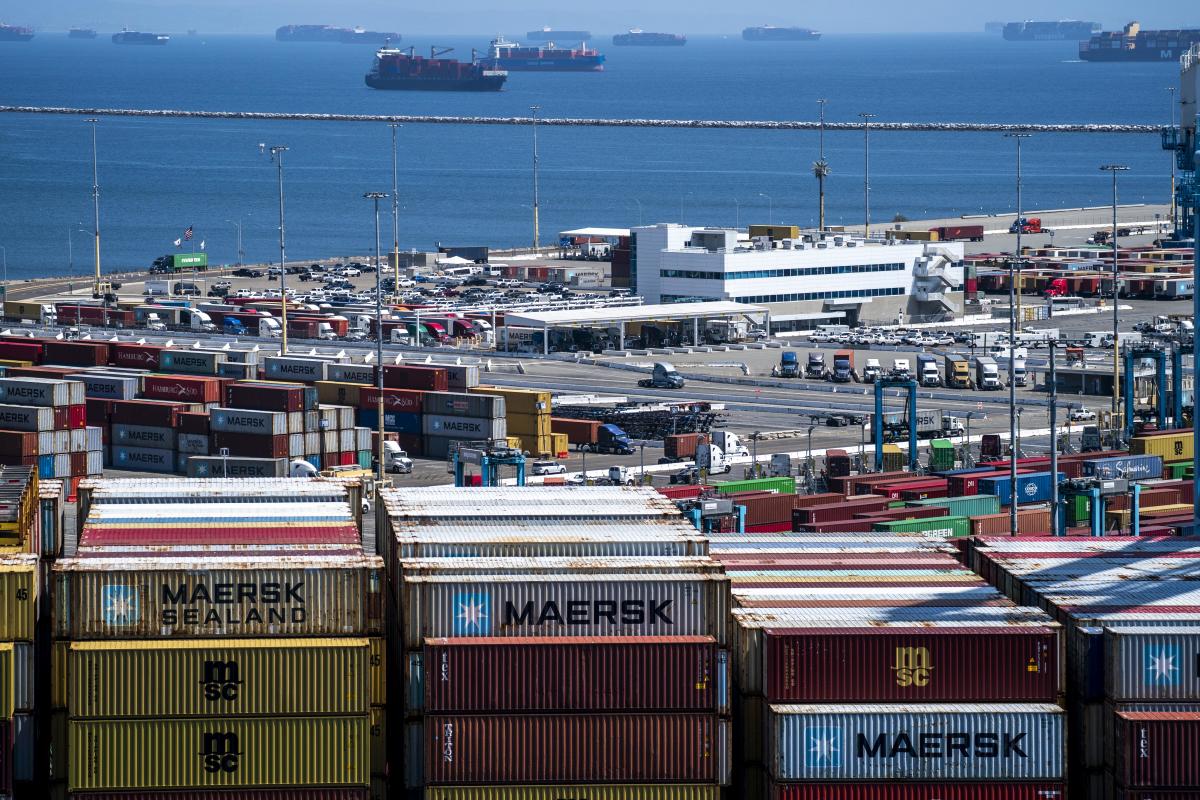
Mr. Trump announced reciprocal tariffs with dozens of countries based on the difference in trade turnover. Photo: Illustration.
On the morning of April 3, the US President Donald Trump announced the reciprocal tariff rates for 50 trade partners. According to Mr. Pham Quang Huy, Vietnam's Agricultural Attaché in the U.S, the tax rate that Vietnam is accused of applying to US goods is 90%, so the corresponding tax rate for Vietnamese goods is 46% (calculated as 50% of the applicable foreign tax rate).
However, some countries have the same tax rate as that country applies to US goods (for example, Brazil has 10%, because this country applies 10% to US goods).
Mr. Pham Quang Huy said that during the announcement, President Trump mentioned the recently published USTR barrier report as well as the corresponding tax rate that the Minister of Commerce sent to President Trump during the ceremony.
Some countries in the ASEAN region, only Brunei is not mentioned in the reciprocal tariff table, the tax rates are as follows: Thailand 36%; Indonesia 32%, Malaysia 24%, Singapore 10%.
Some goods that will not be subject to reciprocal tax include: (1) items subject to tax under section 50 USC 1702(b); (2) steel/aluminum and automobile/auto parts items already subject to tax under Section 232; (3) copper, pharmaceuticals, semiconductors and wood items; (4) all items that may be subject to tax under Section 232 in the future; (5) gold bullion; and (6) energy and some minerals not available in the United States.
According to Mr. Huy, the basis for President Trump to issue reciprocal tax measures is the International Emergency Economic Powers Act of 1977 (IEEPA). Therefore, for Canada and Mexico, existing IEEPA-based fentanyl/migration tariff orders remain in effect and will not be affected by this order.
The new agreement between the United States, Mexico, and Canada (USMCA) is a free trade agreement between Canada, Mexico, and the United States that has been ratified by each country. Rather than being a completely new agreement, it has been characterized as "NAFTA 2.0" or the "new NAFTA." On July 1, 2020, the USMCA came into effect, replacing NAFTA.
This means that USMCA-compliant goods will continue to be subject to a 0% tariff, while non-USMCA-compliant goods will be subject to a 25% tariff, and energy will be subject to a 10% tariff. In the event that the current fentanyl/migration IEEPA orders are terminated, USMCA-compliant goods will continue to enjoy preferential treatment, while non-USMCA-compliant goods will be subject to a reciprocal tariff of 12%.
The reciprocal tariff rate for Vietnam is significantly high (second only to Cambodia at 49%). Thereciprocal tariff rate for Vietnam is even higher than China at 34%, EU at 20%, India at 26%, Japan at 24%. If applied, this tax rate will be very disadvantageous for Vietnamese export goods when exported to the US market. It is worth noting that in the corresponding tax table at the event, Canada, Mexico and Venezuela were not mentioned.
Currently, the detailed basis for the US side to build the original tax rate (taxes imposed by countries on US goods) is still unclear. However, President Trump said that the tax rate is calculated based on reciprocal tariff and non-tariff barriers of countries exporting to the US and in many cases, non-monetary barriers are worse than monetary barriers.
Countries that manipulate their currencies, subsidize exports, violate intellectual property, impose high [value-added taxes] that disadvantage U.S. products, and enforce unfair technical regulations and standards.
In addition, the White House notice said that several countries, including Argentina, Brazil, Ecuador, and Vietnam, restrict or ban imports of recycled goods, limiting market access for U.S. exporters and stifling sustainability efforts by discouraging trade in new and efficient products. If these barriers were removed, U.S. exports would increase by at least USD 18 billion annually.
On the other hand, Mr. Pham Quang Huy also said that the United States has one of the lowest average Most-Favored-Nation (MFN) tariff rates in the world at 3.3%, while many of the United States' major trading partners such as Brazil (11.2%), China (7.5%), the European Union (5%), India (17%) and Vietnam (9.4%), have significantly higher average MFN tax rates.
According to the understanding of some experts after studying Mr. Trump's Executive Order, it is currently unclear whether after the United States applies a common tariff of 10% to all countries on April 5, 2025, it will be combined with the corresponding tax with each partner (60 countries) on April 9, 2025.
The decree reflects the administration's consistent view that the United States’ tariffs are aimed at addressing the long-standing trade deficit that is no longer merely an economic issue but has become a national emergency that threatens the security and well-being of the American people. These tariffs will remain in effect until President Trump determines that the threat posed by the trade deficit and non-reciprocal treatment has been substantially resolved or mitigated.
The order also states that U.S. Customs and Border Protection (CBP) will issue guidance on how to levy duties on goods of U.S. origin (based on at least 20% U.S. content in imported goods).
Translated by Kieu Chi
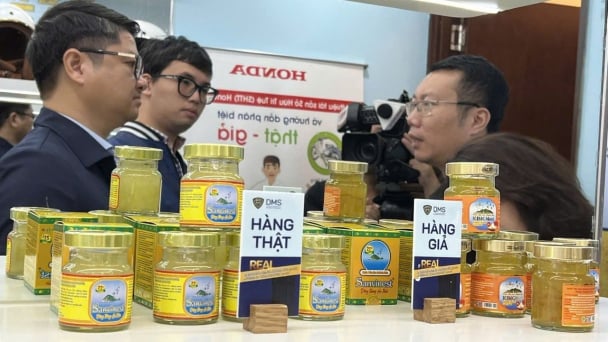
(VAN) In the face of counterfeit and imitation products, Khanh Hoa Salanganes Nest Company hopes for the prompt completion of the legal framework, strict enforcement against violations, and protection of the bird’s nest brand.

(VAN) Japan's efforts to lower the price of rice through the release of its stockpile may finally be making some progress, albeit at a snail's pace.
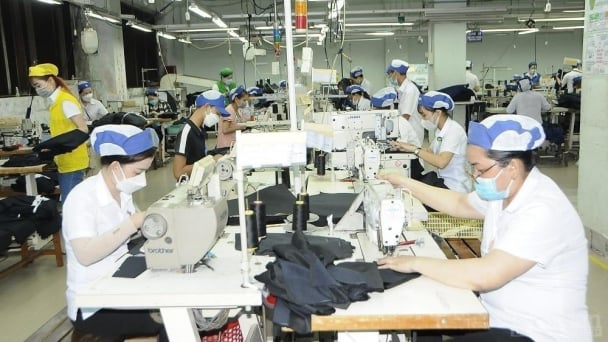
(VAN) U.S. tariffs are not only a 'shock', but also an opportunity for Vietnamese businesses to renew their mindset toward comprehensive development.
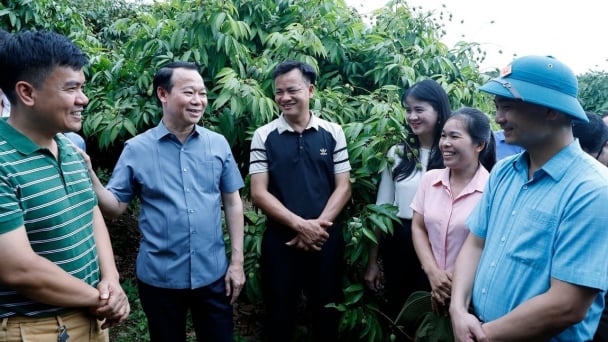
(VAN) As Bac Giang lychee enters the harvest season, Minister Do Duc Duy expects that the fruit will contribute greatly to agricultural exports due to standardized production and deep processing.

(VAN) Consumers have shown a preference for free-range eggs, but those farming systems are more vulnerable to biosecurity risks like bird flu.
/2025/05/09/5701-1-184335_301.jpg)
(VAN) Vietnam’s eel exports nearly doubled thanks to a mud-free farming model, opening up new prospects while still facing numerous barriers related to international standards.
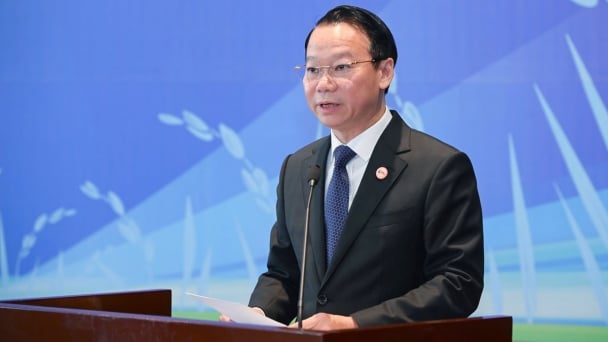
(VAN) Minister Do Duc Duy warned that if production is not professionalized and supply chains are not transparent, the U.S. market could become a growth bottleneck.